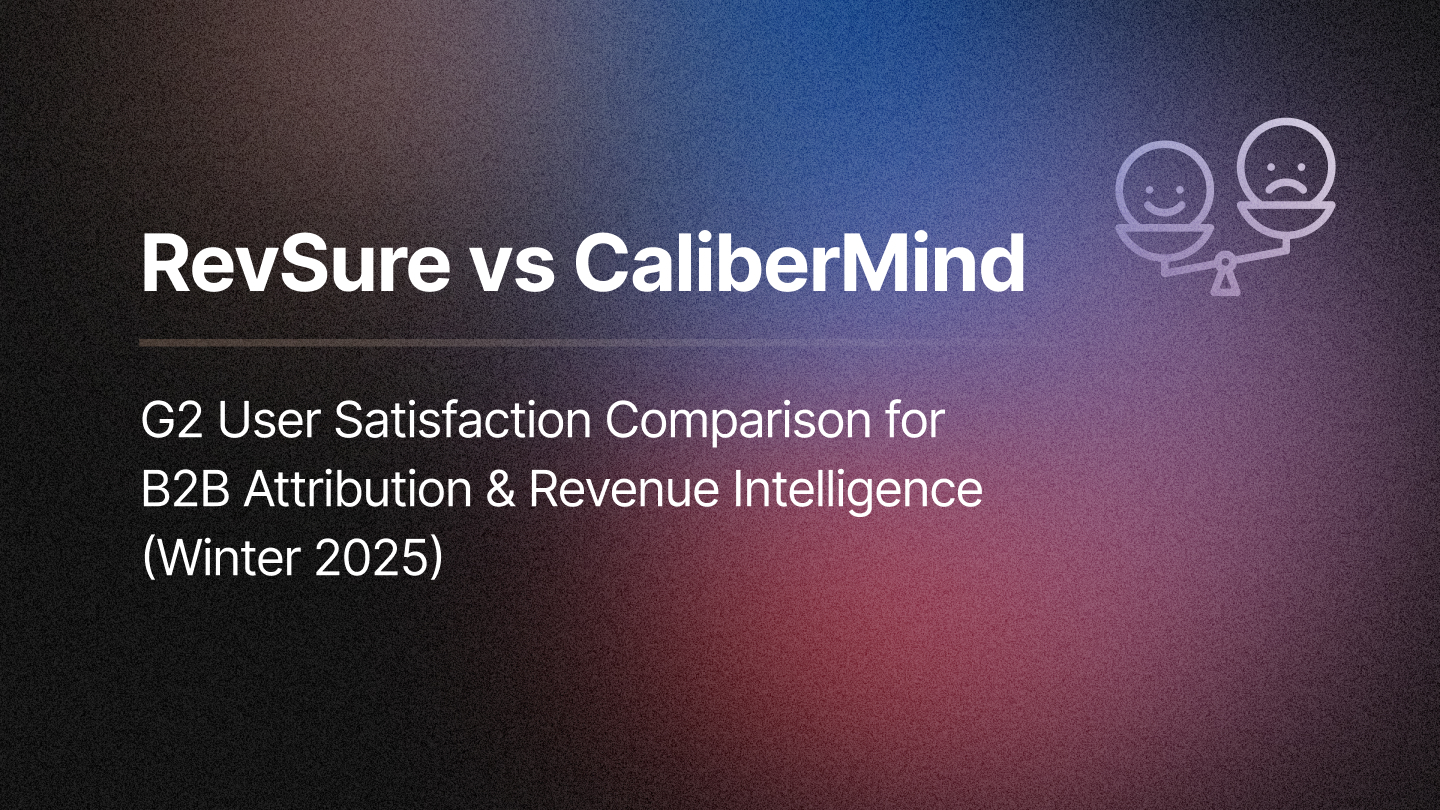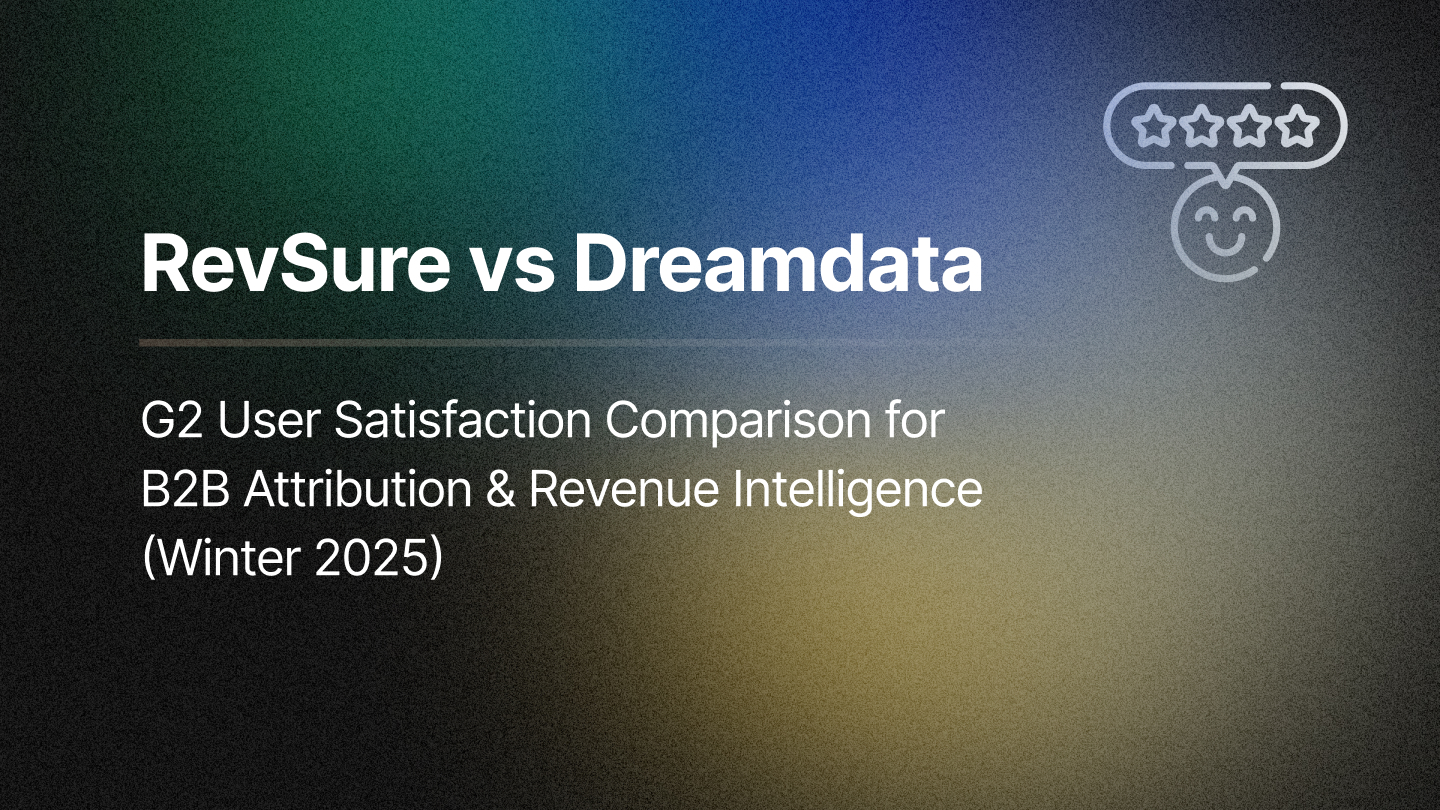In B2B marketing, knowledge is power – and there’s no knowledge more potent than buyer intent data. Imagine knowing which companies are actively researching solutions like yours, or which prospects are surging in interest before they fill out a form. That’s what intent data offers, and when combined with Account-Based Marketing (ABM), it’s a game changer.
Using intent data, B2B marketers can:
- Prioritize accounts that are “in market” right now.
- Personalize outreach based on topics a prospect is researching.
- Align marketing and sales efforts on accounts with the highest likelihood to convert.
What is Buyer Intent Data?
Buyer intent data comes in two flavors:
- First-Party Intent: Behavioral signals collected on your own properties. E.g., a visitor consuming multiple case studies on your website, or spending significant time on your pricing page. These are strong indicators of interest.
- Third-Party Intent: Signals from outside sources (often via intent data providers) that show a company’s research activity. For instance, data might show that folks from Company X have been reading a lot about “marketing attribution software” on various publications or comparison sites.
Intent data vendors aggregate things like web page visits, content downloads, and ad clicks across the web and tie them to company identities. They alert you when an account’s activity on certain topics spikes (often called “surging”).
Why does this matter? Because it lets you detect interest before the prospect overtly engages with you. It’s like having an early warning system for buyer interest.
In fact, 96% of B2B marketers have seen success using intent data to achieve their goals– an astounding figure that underscores its effectiveness. One study found that 98% say intent data is essential for demand generation. Clearly, it’s become a must-have in the modern marketer’s toolkit.
Marrying Intent Data with ABM
Account-based marketing focuses your marketing and sales resources on a defined set of target accounts and tailors personalized campaigns to them. Intent data supercharges ABM by telling you which of those target accounts are showing active buying signals and what they care about.
Here’s how they work together:
- Account Prioritization: Instead of guessing which accounts to focus on this quarter, you can use intent signals to rank your target account list. If 15 of your 100 target accounts show a surge in researching “data analytics solutions,” those go to the top of the list. Why? They’re indicating pain and interest now.
- Personalized Messaging: Intent data often includes the specific topics or keywords being consumed. If an account is surging on “data privacy compliance,” your outreach can lead with how your product handles data privacy, including any relevant content (blogs, case studies) that speaks to that need.
- Sales Activation: One of the most powerful aspects is alerting sales or BDR teams. “Hot account alerts” can be set up so that when an account hits a threshold of intent (say, surging on 3+ relevant topics), the sales rep gets notified to reach out. That call or email can reference helpful resources, indicating you understand their current interests.
This approach flips the traditional sales development model. Instead of blindly cold-calling through a list, reps focus on warm outreach where there is evidence of interest. It’s more efficient and yields a higher success rate.
Results to Expect: Bigger Deals, Higher ROI
Companies that effectively leverage intent data in ABM see significant benefits:
- Shorter Sales Cycles: You’re engaging accounts when they are already in an active buying journey, which often means they move to decision faster. You’re not trying to create demand from scratch – you’re tapping into existing demand.
- Higher Win Rates: If you reach an account early in their research phase and help shape their understanding, you have an edge. Also, you may get into deals that you’d otherwise have missed entirely until an RFP showed up (where you’d be one of many vendors). ABM with intent often uncovers “hidden” opportunities.
- Larger Deal Sizes: ABM by nature focuses on quality over quantity, often targeting bigger accounts or opportunities. Intent data helps ensure you invest effort where there’s real potential. Statistics back this up – according to ABM benchmarks, 76% of marketers saw higher ROI with ABM than other marketing strategiesand a lot of that has to do with focusing on the right accounts at the right time.
And, those ABM results are amplified when intent data guides the program. It’s like switching from a shotgun approach to a sniper – far more precise.
Practical Steps to Integrate Intent Data
If you’re looking to unleash intent data in your ABM strategy, consider these steps:
- Select Intent Data Provider: There are vendors like Bombora, ZoomInfo (with intent offering), 6sense, etc. Evaluate based on data coverage in your industry and integration capabilities. Some also provide contact info for those accounts showing intent, which can be useful.
- Define Relevant Intent Topics: Work with sales and product marketing to define the topics or keywords that matter. These should align with the problems your solution solves. For example, a cybersecurity firm might track intent on “cloud security”, “SOC 2 compliance”, etc.
- Integrate with Your Systems: Feed the intent signals into your CRM or marketing automation. Many providers have integrations. You want to see, for each target account, an intent score or surge indicator and the topics of interest. This data should be visible to sales too.
- Update Playbooks: Train the sales team on how to use these insights. Create email templates or talk tracks for top intent scenarios (e.g., “If an account shows interest in topic X, share our analyst report on X and offer a meeting to discuss how we help with X.”).
- Measure and Refine: Track the outcomes. Are the accounts with high intent that you engage converting to opportunities at a higher rate? Is revenue from intent-driven accounts growing? Use these insights to fine-tune thresholds or how you respond. For instance, you might find that when intent spikes alongside a recent website visit, it’s an even stronger signal – so maybe double down efforts there.
A RevSure blog, “The Intersection of Intent Data and ABX in B2B SaaS Marketing,” delves into strategies for integrating intent data with Account-Based Experience (ABX) efforts. One key takeaway is the importance of aligning marketing and sales on the timing and messaging of outreach once intent is detected, ensuring a seamless experience for the prospect.
Conclusion: Intent Data as Your ABM Superpower
In the competitive landscape of B2B marketing, knowing where to focus is half the battle. Buyer intent data provides that focus, almost like a cheat code for ABM. It tells you:
- Who is interested (so you’re not wasting effort on accounts that aren’t even thinking about you).
- What they care about (so your message can hit the bullseye of their pain point).
- When to engage (so you reach them in the critical window of their buying journey).
Armed with this, your ABM initiatives become sharper and more effective. Marketing and sales teams that use intent data report not just more pipeline, but pipeline that closes faster and at a higher rate. It’s ROI that’s hard to ignore. No wonder ABM coupled with intent is often cited as a best practice – it aligns perfectly with the principle of working smarter, not just harder.
If you haven’t started using intent data, the competitive advantage gap is widening. Chances are, some of your rivals are already leveraging these insights to knock on your prospects’ doors at the right moment. By embracing intent-driven ABM, you ensure you’re the one at the front of the line when your ideal customer is ready to buy.
In summary: ABM finds the targets, and intent data tells you which targets are “lighting up”. Together, they form a powerful combo to supercharge your B2B marketing outcomes – more precision, more wins, and ultimately more revenue.
Related Blogs





.jpg)


